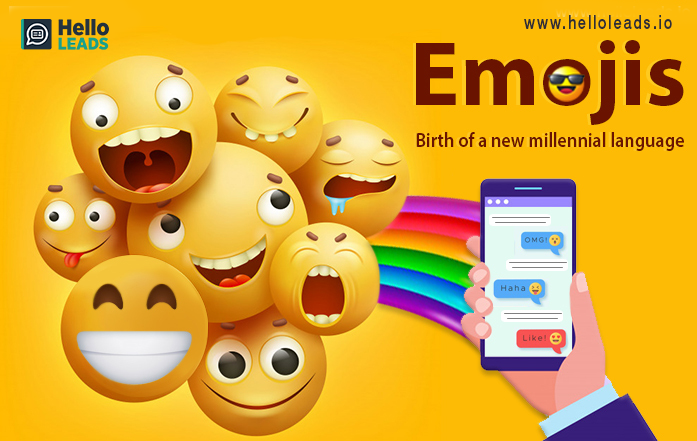
We all know “A Picture is worth a thousand words” and today we all use a new millennial language – emojis!
The emojis are pictorial characters that help you to express the emotions instead of words. It helps you to express your thoughts and ideas across languages. These emotive characters are the primitive language that is represented to be the first language born from the digital world and adds emotional tone to flat text of communication.
The very first traces of emoji were emoticon, facial expressions made with punctuation marks. It appeared in Puck magazine, back in 1881. The magazine published four faces conveying – joy, melancholy, indifference and astonishment.

This emoticon was first used as typographical art to communicate emotions online in 1982.
Later, when it became difficult for people to differentiate between happy vs. sad, faculty member Scott Fahlman, from Carnegie Mellon University digital message board came up with a solution to use: 🙂 for humorous post and 🙁 for serious ones.
In his announcement, he specified the readers to “read it sideways”. In 90s, emoticon had nose and were written with punctuation marks and also hours were spent in creating complex emoticons.
In 1999, the very first and simple emoji was designed by a dazzling spirit of Shifetaka Kurita, a Japanese engineer from DOCOMO who got inspiration from Manga – Chinese Cartoon character.
This pictorial character became popular in the rest of the world in the mid-2000s. The designs created by Kurita were attractive and conveyed the information in a simple and succinct way. For example, an icon to show the weather forecast rather than spelling out ‘cloudy’. Initially, the emojis were 176 when Kurita designed it but now it is more than 2800 emojis that are used all over in different platforms.
Evolution of Emoji
- 1997 – world’s first known emoji set!!
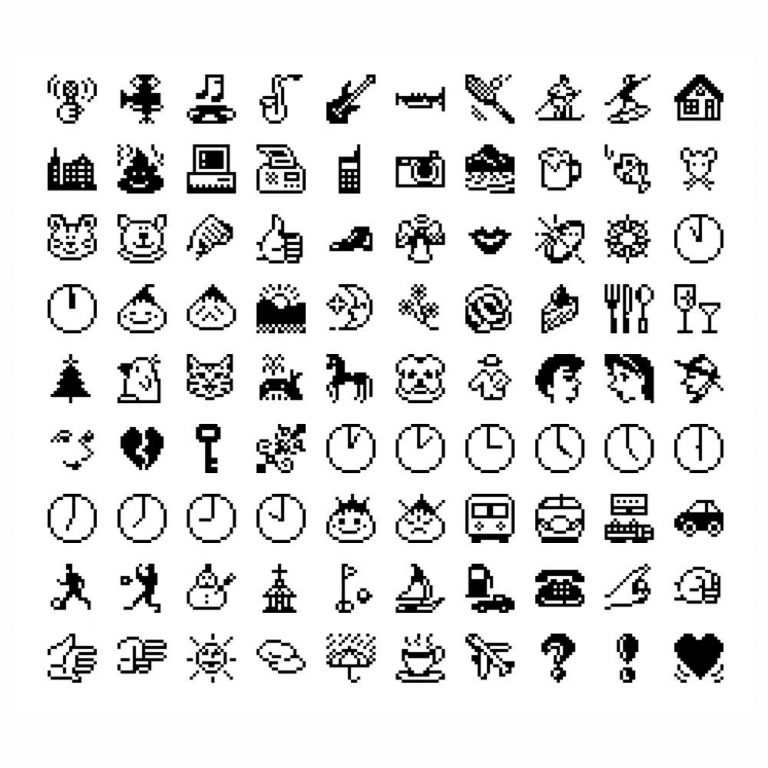
- 1999 -Shigetaka Kurita created 176 emojis for the release of the Japanese mobile phone operator NTT DoCoMo’s integrated mobile internet service “i-mode”
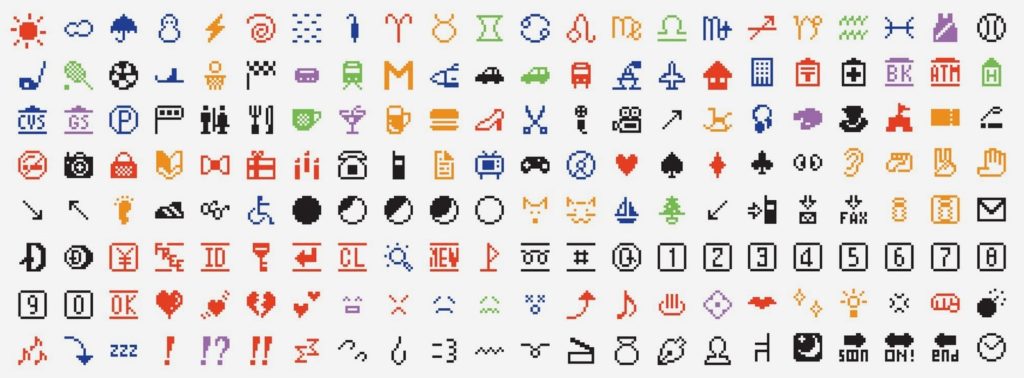
- 2003 – release of MSN Messenger 6, the instant messaging platform introduces 30 emoticons
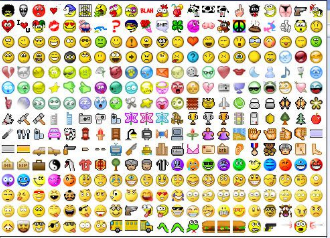
- 2010 – Unicode officially adopts emoji, adding hundreds more—like cat faces emoting happiness, anger, and tears.
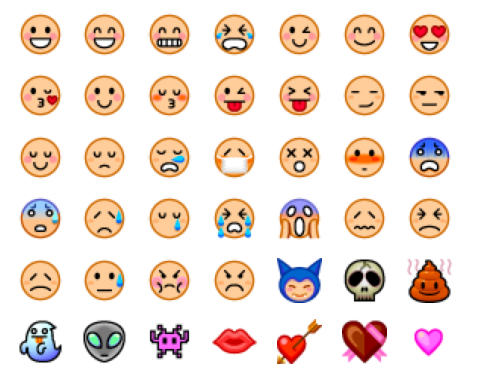
- 2015 – Emoji were included a range color palette of skin tones for human emoji. These characters are based on the skin tones of the Fitzpatrick scale.
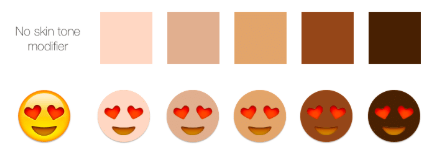
- 2016 – Few new icons are such as single dad, pride flag, and weightlifting woman emoji updated.
- 2017 – Character suggestions about language and culture while typing on the keyboard, such as a mosquito suggests mosquito icon, malaria and Zika. Also, with latest update, Twitter allows to use emojis in their search engine.
- 2018 – Emoji 11.0 include a skateboard, DNA, kangaroo, partying face, parrot, lobster, and more
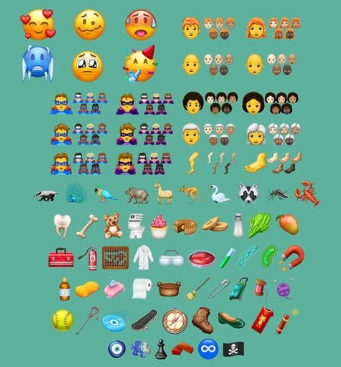
- 2019 – Emoji Builder – People Turn Their Selfies into Emoji
- 2020 – New comers
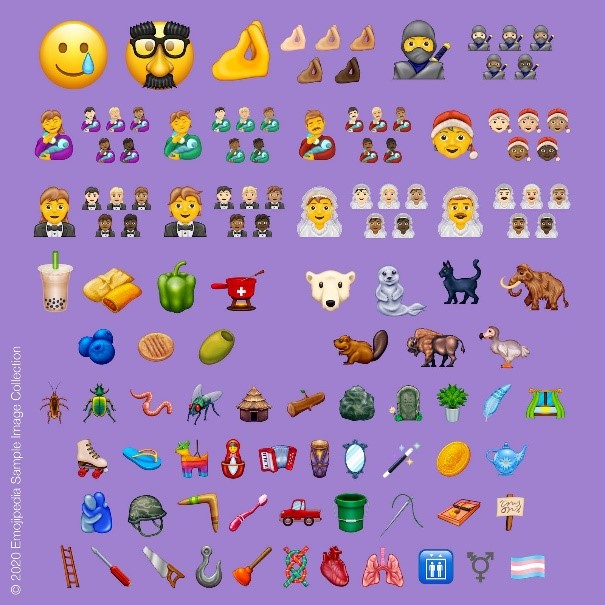
Same but Different
The emoji won’t look same in all platforms as the graphics are different based on the operating system.
Below are few interesting emojis that differ based on Operating Platform.
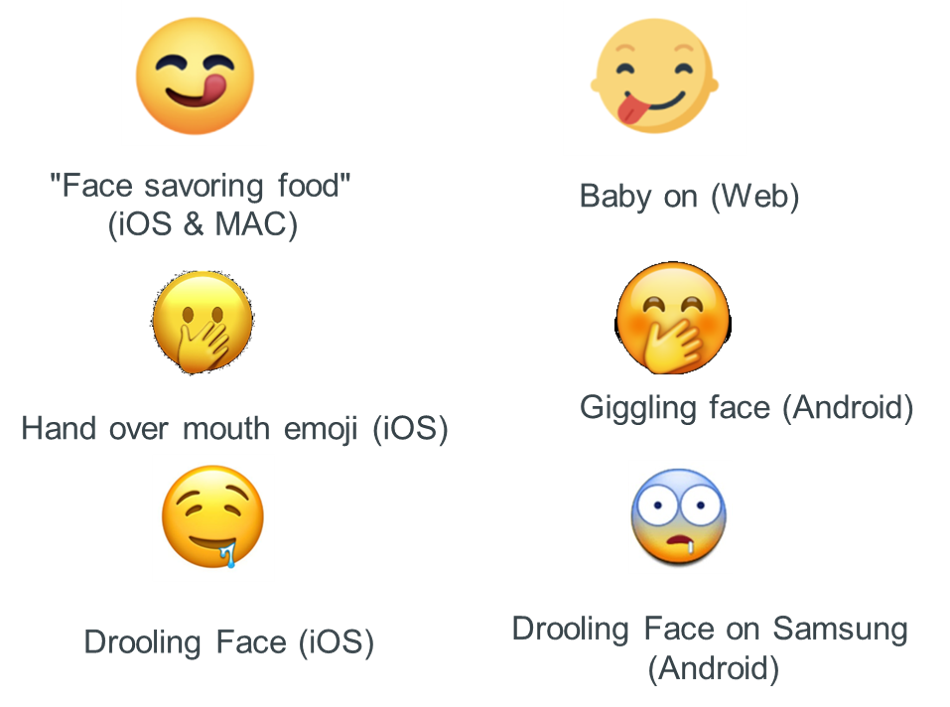
Below are few more examples that appear in different platforms
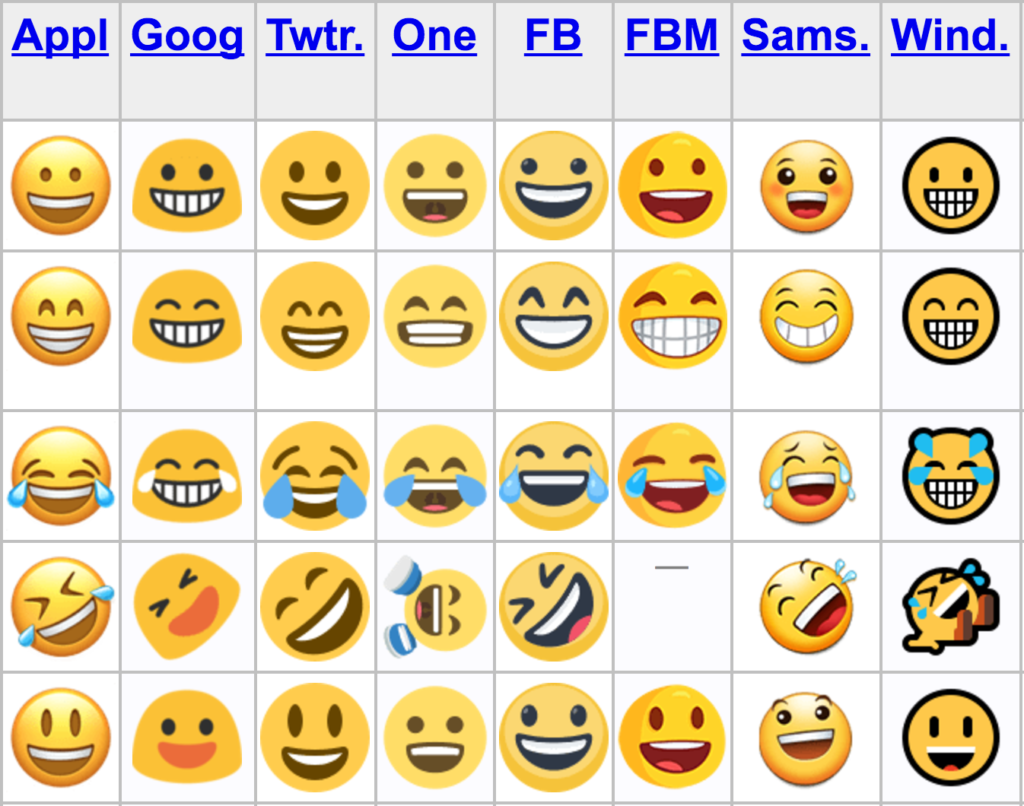
Appl – Apple; Googl – Google; Twtr – Twitter; FB – Facebook; Sams. – Samsung; Wind. – Windows
Woozy (Dizzy) face
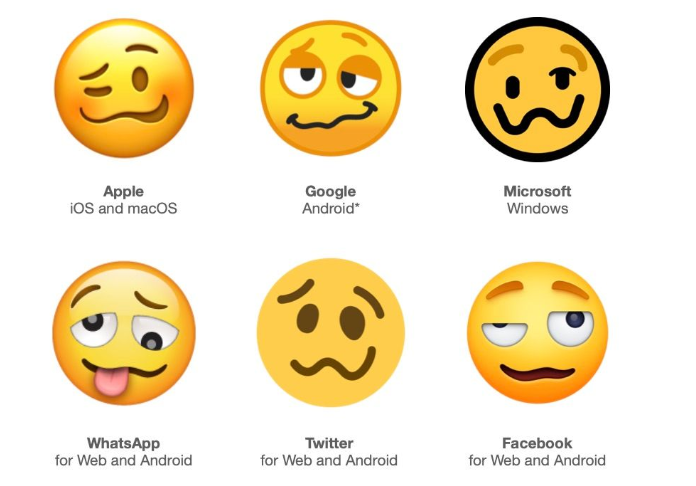
Face with Medical Mask
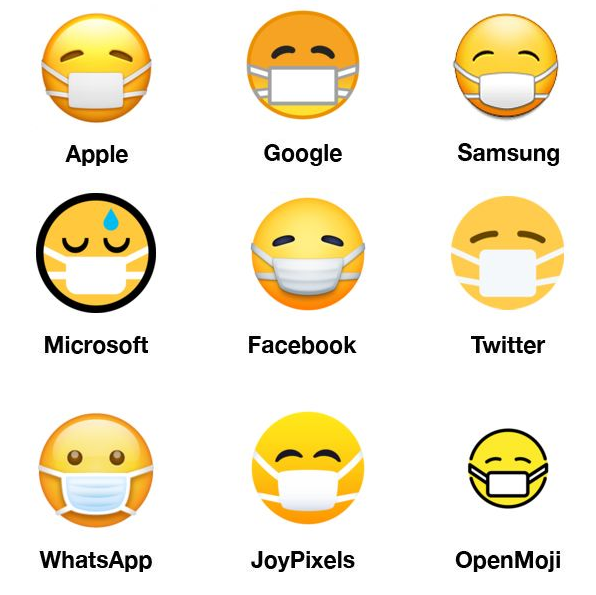
Microbe
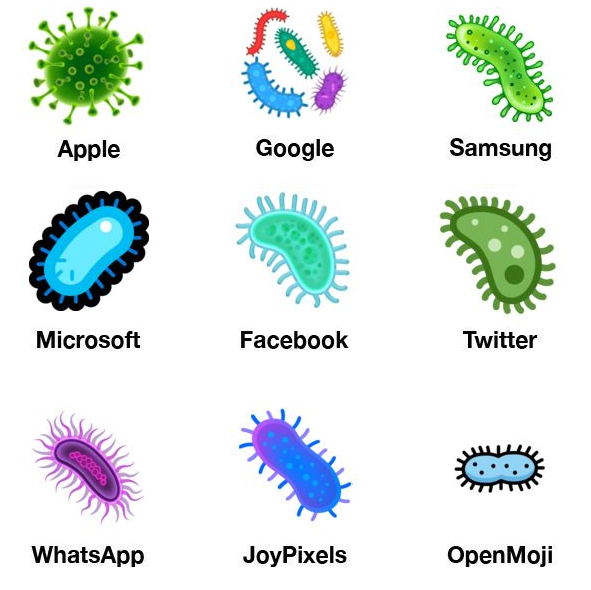
Below are the top 10 emojis that are used in the twitter
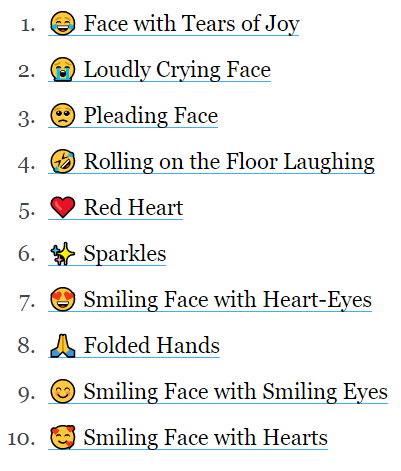
Across the world, 92% of online users use emojis and one-third of them use it on a daily basis. Emojis are an upgraded way of communication today. We know words can carry any kind of emotion. They have the ability to encourage and create impact on others. Beyond words, the character and their expressions hit your mind sooner and they convey messages more effectively. Emojis are free of language, phonetic and more. Emoji is the new language of the digital era. They have the power to act as an effective communication medium in the digital world.
Share this blog :

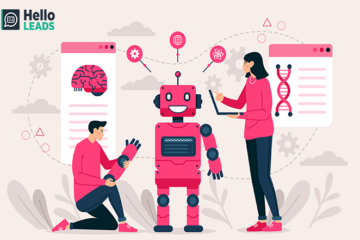









Leave a Reply